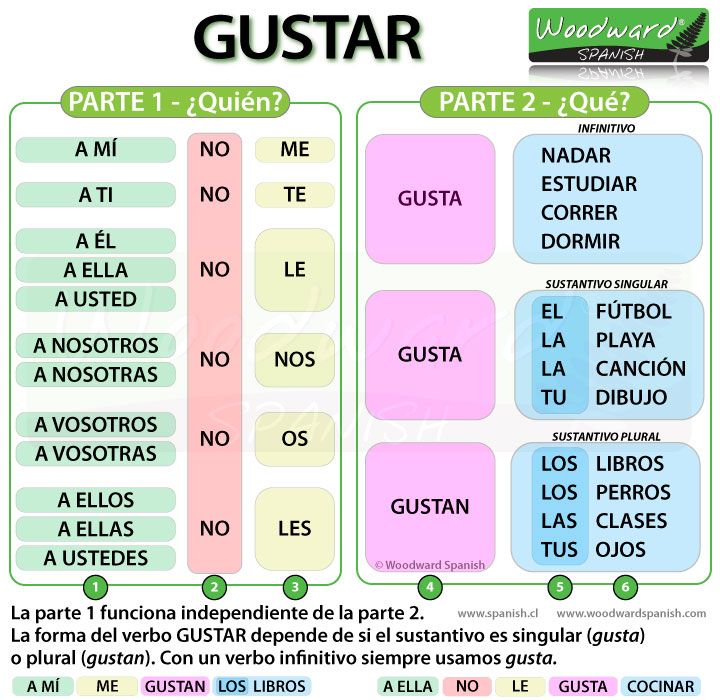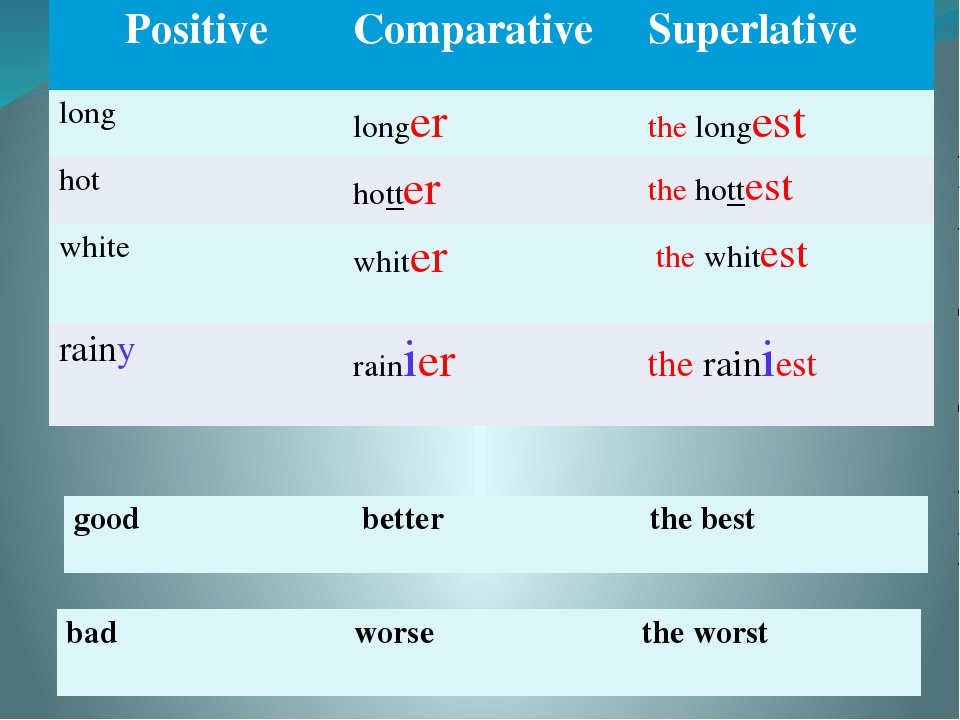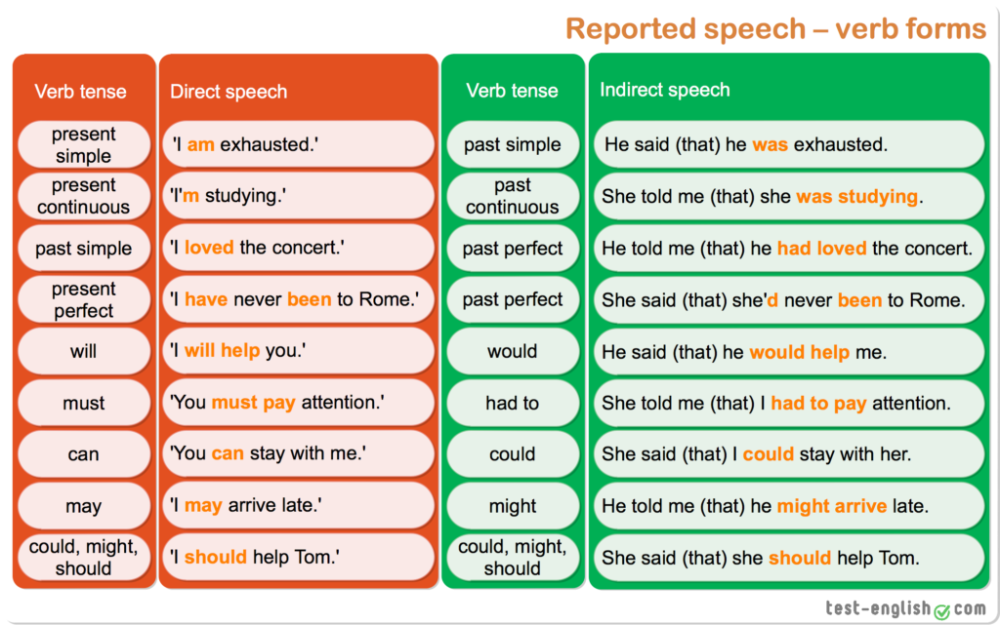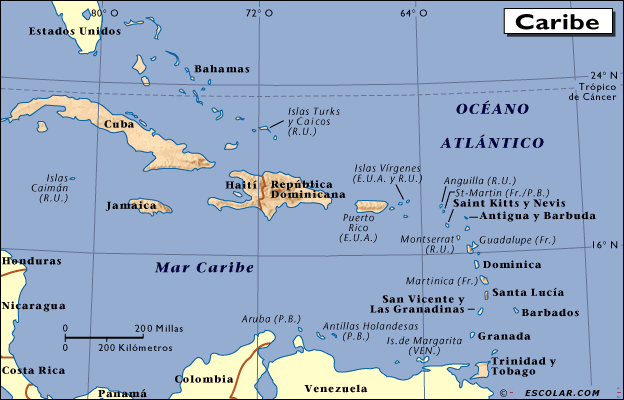How long was puerto rico under spanish rule: Is Puerto Rico the oldest colony in the world?
Is Puerto Rico the oldest colony in the world?
Puerto Rico, considered by some to be “the world’s oldest colony.
To understand Puerto Rico’s current political status, it is important to know the events of the past.
Taíno Indians inhabited the island when Christopher Columbus landed in Puerto Rico in November 19, 1493.
Soon after, Puerto Rico became a Spanish colony and remained under Spanish rule for over 400 years.
In 1809 the first declarations of independence from Spanish rule occurred, and by the end of the 1800s,
Spain had lost all of its New World colonies except Cuba and Puerto Rico.
Puerto Rico is the only territory that never gained its independence.
It was not until November 25, 1897 that Spain granted Puerto Rico self-rule. However, this autonomy was short
lived, on 25 July 1898, American troops invaded and raised the U.S. flag over the island, formalizing U.S.
authority over its one million inhabitants.
The island came under U. S. control in 1898 after the Spanish-American War, which ended with the Treaty of
S. control in 1898 after the Spanish-American War, which ended with the Treaty of
Paris on December 10, 1898, signed between Spain and the United States, forcing Spain to relinquish claims on
Cuba, and to cede sovereignty over Guam, Puerto Rico, and the Philippines to the United States. Under Article
IX of the treaty, the civil rights and political status of the inhabitants of these territories were left to
future determination by the United States Congress. Puerto Rico came under the military control of the
United States of America
Puerto Rico remained under direct control of US military forces until the US Congress ratified the
Foraker Law on April 12th, 1900, establishing civil government and free commerce between the island
and United States.
On March 2, 1917, President Woodrow Wilson signed the Jones Act, with this law Puerto Ricans received
U.S. citizenship, separated the three governmental powers into: the legislative, executive and judicial
branches, established that elections were to be celebrated every four years, among few other concessions.
However, United States maintained control over fiscal and economic matters and exercised authority over
mail services, immigration, defense and other basic governmental matters. The United States Congress
had the power to stop any action taken by the legislature in Puerto Rico.
On July 4, 1950, President Harry S. Truman signed what is known as Public Act 600, which allowed
Puerto Ricans to draft their own constitution establishing the Commonwealth of Puerto Rico. The new
constitution would only grant Puerto Rico’s autonomy over its local affairs, relieving the United
States Congress of that responsibility
(Public Law 82-447).
Puerto Rico officially became a U.S. Commonwealth in 1952, although remained a territory of the
United States. At the end, the new constitution did not change its official status as a territory
of the United States. United States Congress still has ultimate control over Puerto Rico.
As a commonwealth, Puerto Rico, the United States still controls all important aspects of Puerto Rican life:
communications, currency, trade (national and international), transportation, citizenship/naturalization,
immigration and emigration, foreign travel (passports), customs laws and tariffs, labor relations, wage laws,
census (population, agriculture, commerce, industry), defense/military service/internal security (FBI, CIA),
international relations, banking systems, health standards (slaughterhouse, food products, medicines), Social
Security/unemployment and disability benefits (just not as much as an official state gets), environmental laws,
prices, penal system and court system.
The major differences between Puerto Rico and the 50 states are exemption from some aspects of the
Internal Revenue Code, its lack of voting representation in either house of the U.S. Congress (Senate
and House of Representatives), the ineligibility of Puerto Ricans residing on the island to vote in
presidential elections, and its lack of assignation of some revenues reserved for the states.
Interestedly, with the institution of Commonwealth status, United States was freed from the
obligation of reporting on Puerto Rico’s status to the UN Decolonization Committee.
Other Resources
Resources
- The Changing of the Guard: Puerto Rico in 1898
The United States Invades Puerto Rico · HSP Exhibits
|
Image from the Historical Society of Pennsylvania
|
The invasion of Puerto Rico by the United States occurred as a direct result of the Spanish-American War of 1898. War broke out between the two countries in April of 1898, and it soon became the objective of the Americans to seize the Spanish colonies in the Atlantic —that is, Puerto Rico and Cuba, as well as the Philippines and Guam in the Pacific. On May 12, US battleships bombarded the city of San Juan. When the troops invaded and subdued the inner cities, the Treaty of Paris of 1898 was signed, and the American flag was raised over the island.
War broke out between the two countries in April of 1898, and it soon became the objective of the Americans to seize the Spanish colonies in the Atlantic —that is, Puerto Rico and Cuba, as well as the Philippines and Guam in the Pacific. On May 12, US battleships bombarded the city of San Juan. When the troops invaded and subdued the inner cities, the Treaty of Paris of 1898 was signed, and the American flag was raised over the island.
Colonialism shaped Puerto Rican migration to the United States before and after the invasion. Even under Spanish dominance, emerging economic ties between Puerto Rico and the United States brought merchants to the eastern seaboard and to American centers of tobacco production. Ships brought sugar and molasses to the port of Philadelphia, and merchants settled and created social networks.Puerto Rico had been under Spanish rule for over 400 years. The years between the invasion and Puerto Rico’s acquired status as an American territory were complex. Many Puerto Ricans were hostile to the invasion. While the Americans saw their role as liberators, the public (exemplified, for example, by the Puerto Rican Youth Movement) saw such actions as the dissolution of the autonomous Parliament and the change in currency from the Peso to the dollar as part of an effort to destroy Puerto Rican culture, traditions, customs, and national language.
While the Americans saw their role as liberators, the public (exemplified, for example, by the Puerto Rican Youth Movement) saw such actions as the dissolution of the autonomous Parliament and the change in currency from the Peso to the dollar as part of an effort to destroy Puerto Rican culture, traditions, customs, and national language.
From the American point of view, things went quite well. A report written in November 1898 to John Rutter Brook, Military Governor in Puerto Rico, stated: “The whole island hails with enthusiasm the economical [sic] reforms ordered by you and await others that may complete the work of transformation so happily begun.” Henry K. Carroll, Special Commissioner for the United States to Puerto Rico, in a report written in 1899, declared, “All classes of natives of the island welcomed the American Army, American occupation, and American methods and accepted without hesitation the stars and stripes.” In fact, while most of the 900,000 inhabitants welcomed the end of Spanish rule, they were divided in welcoming the Americans. For many, the hunger for true independence was palpable. Others thought an association with the United States would bring increased trade and prosperity. As the new political circumstances developed, American economic dominance fundamentally changed a way of life. There was a reshaping in land tenure, income distribution, and internal migration. Foreign owners of productive assets had the power to change the economic structure of the island, to the detriment of many of its inhabitants.
For many, the hunger for true independence was palpable. Others thought an association with the United States would bring increased trade and prosperity. As the new political circumstances developed, American economic dominance fundamentally changed a way of life. There was a reshaping in land tenure, income distribution, and internal migration. Foreign owners of productive assets had the power to change the economic structure of the island, to the detriment of many of its inhabitants.
In 1901, the United States implemented the Foraker Act, which provided for a civil government in Puerto Rico. For many, this was viewed as an attempt to supplant love for Puerto Rico with loyalty to the United States. An uneasy relationship between Puerto Rico and the mainland remained and remains to this day.
Written by Randi Kamine, who earned her M.A. in History at Temple University and volunteers at the Historical Society of Pennsylvania and the Independence Seaport Museum, where she works in the institution’s archives.
See the Spanish version of this page here.
For more context on this event, see the Politics page.
Further Resources
- Ayala, Cesar J. Puerto Rico in the American Century: A History Since 1898. University of North Caroline Press: 2007.
- Carroll, Henry K. Report on the Island of Puerto Rico (reprinted 1975).
- “Military Intelligence Reports on Troops In Puerto Rico, June 1898.” Historical Society of Pennsylvania. John Rutter Brook Papers 1861-1902.
- “Puerto Rico: A Colony of the United States.” Puerto Rico Youth Movement, 1969.
Ivan Arrache: Puerto Rico should become part of Spain
MADRID, September 1 – RIA Novosti, Elena Shesternina. The Association “Autonomy for Puerto Rico” (Autonomia para Puerto Rico), advocating the annexation of this territory to Spain, declares that it is not satisfied with the current status of the island, its leader Ivan Arrache told RIA Novosti.
As Catalonia prepares for elections, which the country’s separatist forces see as “the first step towards independence,” the question of Puerto Rico joining Spain is being discussed across the Atlantic.
Special status
The island of Puerto Rico in the Caribbean was a Spanish colony from 1493 to 1898, Spain lost it as a result of the war with the United States.
August 4, 2015, 21:03
US rules out Puerto Rico emergency bailoutPuerto Rico’s State Development Bank said earlier that the state had defaulted. Puerto Rico has the status of a freely associated state with the US, so the US Congress must approve any possible debt restructuring plan.
Puerto Rico is currently a US dependency and has the status of an “Unincorporated Organized Territory”. That is, it is under the control of the United States, while not being an integral part of it: the effect of the US Constitution is limited (the supreme power belongs to the American Congress, but the territory has its own system of self-government), while Puerto Ricans have American citizenship, the currency is the US dollar. Puerto Rico has its own constitution, legislative, executive and judicial branches.
Puerto Rico has its own constitution, legislative, executive and judicial branches.
In a referendum in 2012, the majority of residents (54%) were in favor of changing this status. At the same time, 61% of them supported joining the United States, 5% – independence. The final decision on the status of Puerto Rico can only be made by the US Congress.
Future with Spain
Ivan Arrache believes that the future of Puerto Rico is not with the USA, but with Spain. The organization he leads was founded in 2012 and now, according to Arrache, has “about 30,000 supporters, both official and unofficial.”
However, in his opinion, the entry of an island in the Caribbean Sea into Spain should take place on “special” conditions. “We are not seeking the same status as, say, cities located on the (Iberian – ed.) Peninsula, we are talking about an overseas autonomous community, we are talking about a different system of taxes, trade compared to Spain and the EU. This is important to clarify. We want to be together with Spain, but not “mixed” with it – that’s our idea,” Arrache said.
We want to be together with Spain, but not “mixed” with it – that’s our idea,” Arrache said.
According to him, the organization he leads maintains links with a number of Spanish organizations, “some officials have shown their sympathy.” However, he stated that the organization does not receive any funding from Spain. “We have not received a single cent from any public institution or foundation in Spain,” Arrache assured.
“We want to be unsubdued”
“Puerto Rico’s political situation is not to our liking because it does not provide democracy, it does not elect a president, congress, besides that we do not have the capacity to negotiate and / or trade with the rest The United States has monopoly control over our trade and from an economic point of view the situation is “oppressive,” Arrache noted.
“But we have no problems with US policy, except that Puerto Rico is not the United States, the island is not politically integrated into the United States. They have a good political system, freedom, economic progress, which they deprive us of. The political alternative that we are promoting does not imply any problems in remaining a friend of the United States, but we want to stop subjugating us, ”added the head of the association.
The political alternative that we are promoting does not imply any problems in remaining a friend of the United States, but we want to stop subjugating us, ”added the head of the association.
“Let the Catalan separatists get out of Spain”
Arrache sees no reason to separate Catalonia from Spain and even suggests that the separatists who promote this idea simply leave the country.
“Our attitude towards Catalan separatism is negative, racism and Catalan chauvinism cost us a lot in the past and continue to cost us dearly in the present. We directly tell the Catalan separatists: if you do not want to remain the richest in Spain, get out of Spain, meaning that Catalonia belongs to all Spaniards. We are ready to enter instead of them,” the head of the association said.
August 4, 2015, 00:08
Regulator: Puerto Rico defaulted on its debt Puerto Rico’s total debt exceeds $73 billion, and according to the authorities, existing obligations cannot be serviced due to the debt crisis.
Economic problems
Puerto Rico is currently facing serious economic problems. In early August, it defaulted, having paid only a small part of the next payment on its obligations – approximately 628 thousand dollars out of 58 million due.
Puerto Rico’s debt exceeds $73 billion, and the authorities say the debt is unserviceable due to the debt crisis. The White House has promised support (in the form of borrowed funds to meet certain financial obligations), but said it does not plan to provide emergency financial assistance.
About Spain. History of Spain.
- Home
- >
- About Spain
A brief history of Spain in the 20th century.
The history of Spain in the 20th century began with the symbolic and tragic year 1898. It was in this year that the Kingdom of Spain lost the last overseas colonies: Cuba, Puerto Rico and the Philippines. The loss of the colonies was one of the epochal events in the history of Spain. Disappointment and despondency grew in society, the collapse of hopes for a great empire, an empire of an invincible armada. The generation that grew up in that atmosphere came to be called the “Generation of 1898.”
Disappointment and despondency grew in society, the collapse of hopes for a great empire, an empire of an invincible armada. The generation that grew up in that atmosphere came to be called the “Generation of 1898.”
The beginning of the 20th century was characterized by a political crisis in Spain. Nationalist movements developed in the regions of Spain: Catalan and Basque nationalists demanded self-government. Spain at the beginning of the twentieth century was mothballed at the level of the constitutional monarchy of 1876, while the new political realities required state reforms in the system of government. At 1909 the syndicalist movement is born in Spain, which will later become the basis for the regime of General Franco. Beginning in 1912, it became clear that the Spanish political system was unable to cope with the challenges of the times. Cabinets of ministers succeed each other, but the long-awaited reforms in the political system of Spain do not take place.
In 1912, in parallel with the existing political system of Spain, a constitutional monarchy and the ruling parties of liberals and conservatives, a kind of “anti-system” was formed from a multitude of Spanish parties and movements that by that time were in opposition to the existing government. The opposition system included republican parties, socialists, labor movements, as well as regional nationalist parties in Spain.
The opposition system included republican parties, socialists, labor movements, as well as regional nationalist parties in Spain.
With regard to Spanish foreign policy, on March 30, 1912, the Treaty of Fez was signed, which turned Morocco into a protectorate of France. According to the Fez Treaty, from November 27, 1912, the territories of northern Morocco around the cities of Ceuta and Melilla, as well as the territory of southern Morocco, on the border with the Sahara, came under the protectorate of Spain in Morocco. In the zone of their protectorates, France and Spain controlled the land policy, the army and the foreign policy of Morocco. Theoretically, the protectorates of Spain and France were not colonies, the protectorate scheme was regulated by international treaties, which stated that Morocco was an independent state ruled by a sultan. In practice, Morocco became a colony of Spain and France, especially in 1930s
The split in Spanish society became more acute during the First World War in 1914-1918. Despite the fact that the Kingdom of Spain remained neutral in the war, Spanish society was divided into Germanophiles and supporters of the Entente. In addition, the Spanish economy was seriously affected by the war. The revolution in Russia in October 1917 caused a strong resonance in Spanish society. This time Andalusia and Catalonia became the arena of the conflict, they were very sympathetic to the Bolsheviks and the labor movement.
Despite the fact that the Kingdom of Spain remained neutral in the war, Spanish society was divided into Germanophiles and supporters of the Entente. In addition, the Spanish economy was seriously affected by the war. The revolution in Russia in October 1917 caused a strong resonance in Spanish society. This time Andalusia and Catalonia became the arena of the conflict, they were very sympathetic to the Bolsheviks and the labor movement.
The general strike in Spain in 1917 became a kind of rehearsal for the events of 1931. In addition, in foreign policy, Spain waged a humiliating and unpopular war in Morocco. In addition to Spain’s republican and socialist workers’ political parties, corporatist anti-democratic ideas were also circulating in society. In 1922 the PSOE, the Socialist Workers’ Party of Spain, becomes the most elected party in Madrid. Political instability and political crisis in Spain led to the fact that on September 1923 General Primo de Rivera led a military coup in Spain. Primo de Rivera’s dictatorship in Spain lasted until 1930, when General Primo de Rivera submitted his resignation to the King of Spain.
Primo de Rivera’s dictatorship in Spain lasted until 1930, when General Primo de Rivera submitted his resignation to the King of Spain.
History of Spain in the 1930s
In the 1930s the period of political instability did not stop. In 1931, the left-wing parties won the elections in Spain. The king in Spain, seeing public sentiment as a threat to his family, was forced to abdicate. This year was declared the Second Republic in Spain. The regimes of Nazi Germany fought for influence in Spain, and the Soviet Comintern also conducted active propaganda in Spain. February 1936 in the elections in Spain won the People’s Fornt, Frente Popular. The Popular Front was a coalition of Marxists, Republicans, nationalists, labor movement, trade unions and constitutional democrats.
On July 13, Calvo Sotelo, head of the national bloc that united monarchists and conservatives, was assassinated. On July 17, 1936, the Spanish garrisons in Africa revolted.
Spanish Civil War
The Spanish Civil War began after an attempted coup in Spain. July 17 1936th Spanish army revolted against the government of the Second Republic in Spain. During the Spanish Civil War, two antagonistic forces clashed: the republican camp of the Popular Front and the National Camp, which was formed primarily by the military from the National Defense Junta, as well as the fascist Falange Spaniards, the Catholic Church, and right-wing conservatives.
July 17 1936th Spanish army revolted against the government of the Second Republic in Spain. During the Spanish Civil War, two antagonistic forces clashed: the republican camp of the Popular Front and the National Camp, which was formed primarily by the military from the National Defense Junta, as well as the fascist Falange Spaniards, the Catholic Church, and right-wing conservatives.
October 1, 1936, General Francisco declared himself head of state in Spain and supreme commander. The new head of state of Spain was immediately recognized by Germany and Italy, who sought to persuade Spain to join the Italo-German bloc.
During the Spanish Civil War in Spain, the interests of Germany and Italy, supporting the Francoists, and the interests of the USSR, which provided military and financial assistance to the Spanish Republicans, clashed. However, military support and financial injections from Germany turned out to be stronger than Soviet support for the republican movement in Spain. The Spanish Civil War ended on April 1, 1939, when the last troops of the Red Republican Army were defeated.
The Spanish Civil War ended on April 1, 1939, when the last troops of the Red Republican Army were defeated.
During the Second World War, General Francisco Franco tried to keep Spain neutral in the war and non-participation in military blocs. After the end of the Second World War, however, Spain continued to be in political and economic isolation. In 1956, on the wave of developing world independence movements, the former colony of Spain and France, Morocco, gained independence. In 1969, seven years before the centenary of Spain’s constitutional monarchy, General Franco named Juan Cralos de Borbón as successor to the Spanish throne.
Constitutional Monarchy in Spain
After the death of General Franco in Spain in 1975, a Constitutional Monarchy was again established in Spain, as it had been a hundred years earlier. In 1978, the Spanish constitution was adopted, according to which the official head of state in Spain is the king. The first democratic elections in Spain were won by the Democratic Center party. Adolfo Suarez became the head of the government, or, as they say in Spain, the president of the government. The Suárez government took important steps in the history of Spain: the necessary conditions for the forthcoming accession of Spain to the European Communities were fulfilled.
Adolfo Suarez became the head of the government, or, as they say in Spain, the president of the government. The Suárez government took important steps in the history of Spain: the necessary conditions for the forthcoming accession of Spain to the European Communities were fulfilled.
In the history of Spain, there was another attempted coup d’état, which occurred after the resignation of Adolfo Suarez at the inauguration ceremony of the new president of the government, Calvo Sotelo. This time, the attempted coup d’état in Spain failed.
Elections in Spain in 1982 led to the victory of the Socialist Workers’ Party of Spain, PSOE. Felipe González became Prime Minister of Spain and held this position for three terms. González’s socialist decade helped set the stage for the subsequent boom in the Spanish economy in 1990s
In 1985 Spain became a member of NATO and in 1986 Spain joined the European Community.
Already in the 1990s. Spain begins to strengthen itself as a world cultural and tourist center. A landmark event in the history of Spain is the holding of the Olympic Games in Barcelona, as well as the holding of the world exhibition EXPO 1992 in Seville. José Maria Aznar became the Prime Minister of Spain, who served two presidential terms. Under Aznar, the Spanish economy began to gain momentum and become the ninth most powerful economy in the world.
A landmark event in the history of Spain is the holding of the Olympic Games in Barcelona, as well as the holding of the world exhibition EXPO 1992 in Seville. José Maria Aznar became the Prime Minister of Spain, who served two presidential terms. Under Aznar, the Spanish economy began to gain momentum and become the ninth most powerful economy in the world.
Spain in the 21st century
In 2002, the euro was introduced in Spain instead of the national currency, the peseta. The city of Salamanca in Spain has been declared the European Capital of Culture. On March 11, 2004, a terrorist attack took place in Spain, the most serious in the history of Spain. Simultaneously, there were explosions at several commuter train stations in Madrid. The explosions killed 192 people and injured almost 2,000 people. These events deeply affected Spanish society.
Elections in Spain on March 14, 2004, like almost twenty years ago, brought victory to the PSOE, the Socialist Workers’ Party of Spain. José Luis Rodriguez Zapatero became Prime Minister of Spain. In addition, for the first time in the history of Spain, a woman, Maria Teresa Fernandez de la Vega, took the post of First Vice-President of the Government of Spain.
José Luis Rodriguez Zapatero became Prime Minister of Spain. In addition, for the first time in the history of Spain, a woman, Maria Teresa Fernandez de la Vega, took the post of First Vice-President of the Government of Spain.
During their tenure, Zapatero and Maria Teresa Fernandez de La Vega carried out radical political and social reforms, major changes were made to Spanish legislation, such as allowing same-sex marriage or a law on effective equality between women and men.
2008. On March 9, the Spanish Socialist Workers’ Party again won the national elections in Spain, winning 169 parliamentary seats (5 more than in the 2004 elections). armchairs.
The 2008 elections strengthened the two-party system in Spain. In the first half of 2010, Spain held the presidency of the European Union, which led to promising prospects for Russia, aimed at increasing the flow of tourists and investments to Spain from Russia. These prospects have been repeatedly stated and continue to be stated by the Embassy of Spain in the Russian Federation.